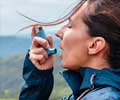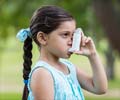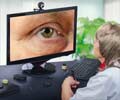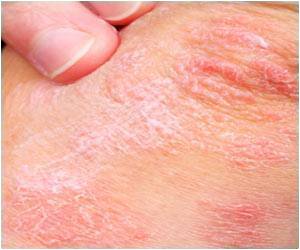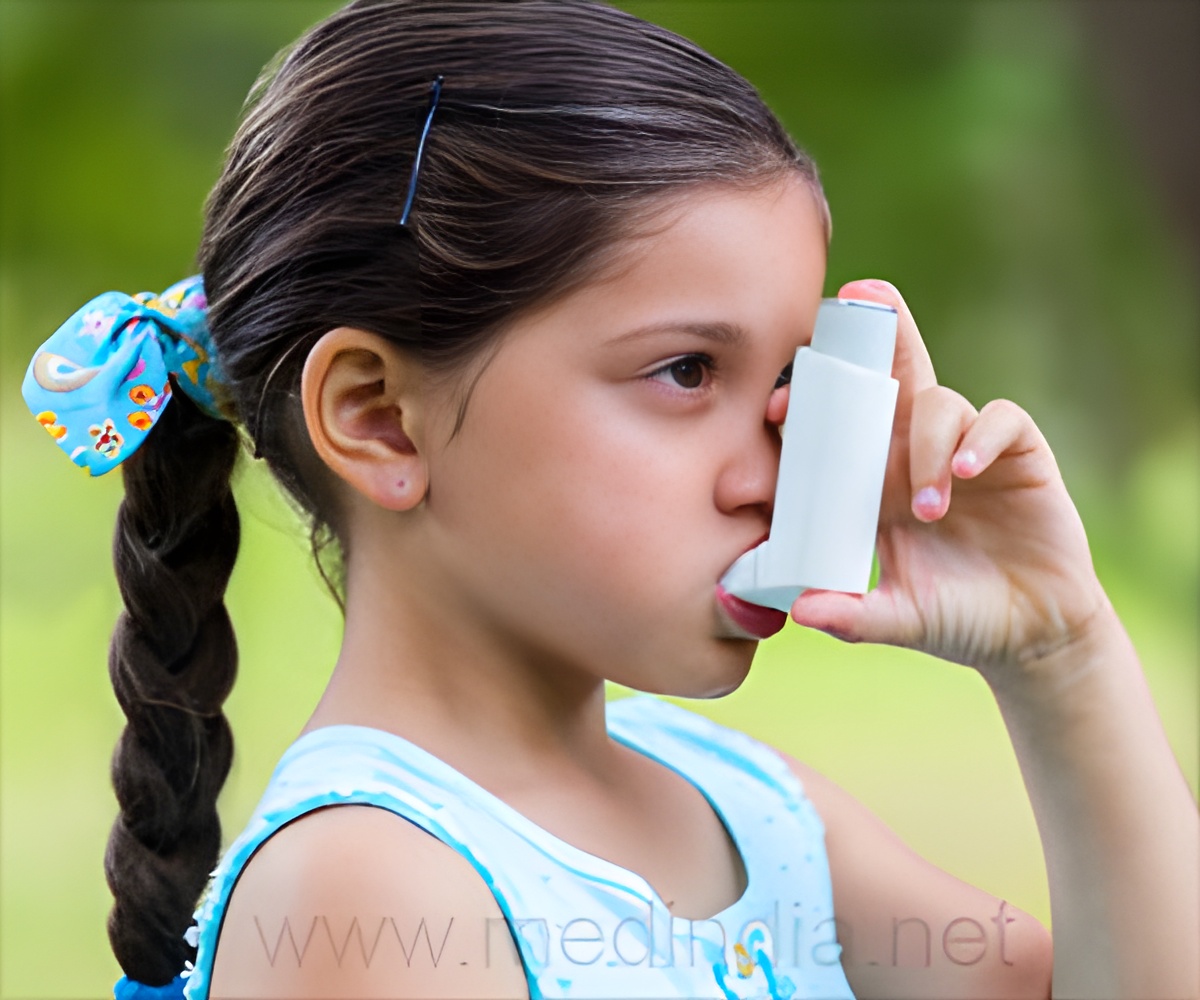
‘The addition of the telemedicine component makes the program more sustainable and scalable, potentially allowing it to be used as a model for urban-based asthma care nationally.’
Tweet it Now
The new study, published in JAMA Pediatrics, expands on previous research at URMC which showed that children with asthma who took their preventive medication at school under the supervision of their school nurse were less likely to have asthma issues. The addition of the telemedicine component -- which allows for the child's primary care provider to stay readily involved in the child's care -- makes the program more sustainable and scalable, potentially allowing it to be used as a model for urban-based asthma care nationally. "Clinicians and researchers across the country are designing similar programs, using resources available in their communities to reach underserved children with asthma and help them get needed assessments," said Jill Halterman, M.D., M.P.H., Chief of the Division of General Pediatrics at URMC and the study's lead author. "But regardless of how you're reaching them initially, those children may continue to have issues if they aren't taking their medications regularly. The integration of telemedicine with supervised treatment through school provides one model to ensure that children receive consistent, effective asthma treatment."
Study Overview
The study enrolled 400 students between the ages of 3 and 10 in the Rochester City School District. Half were given their asthma medication by their school nurse; these students had an initial asthma assessment as well as up to two follow-up school-based visits with primary care clinicians via telemedicine over the course of the school year, to determine the appropriate asthma treatment. The other half of the students were given recommendations for preventive care and advised to schedule follow-up visits with their primary care clinician; these students were not enrolled in the school-based medication program, nor were follow-up visits scheduled by telemedicine.
Students in the first group had more symptom-free days than those in the second group, and only 7 percent of them required an emergency room visit or hospitalization for asthma over the course of the school year, compared with 15 percent in the second group.
Advertisement
"The school nurses didn't receive additional pay to partner with us on this study -- and many of them cover several schools each day," she said. "They do this extra work because they want to focus on preventing symptoms, and they feel it is important for the health of the children in the district."
Advertisement
Source-Eurekalert

